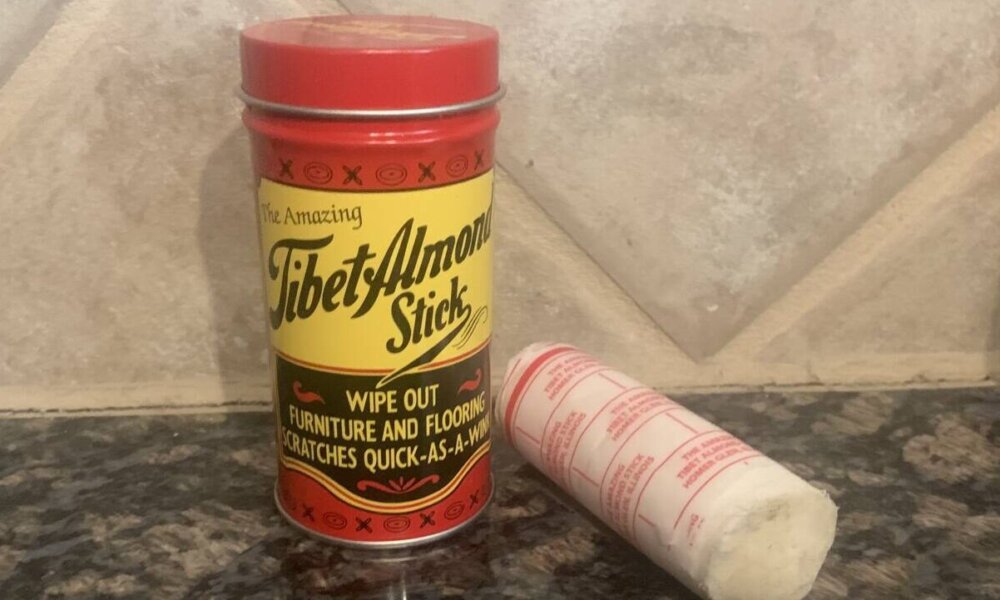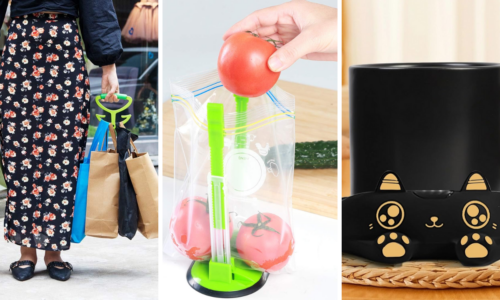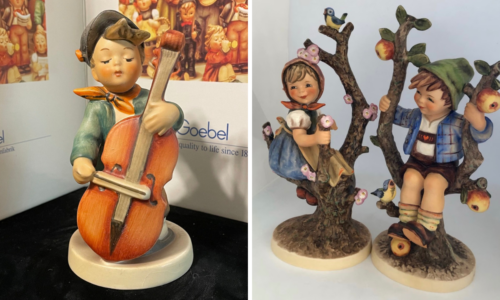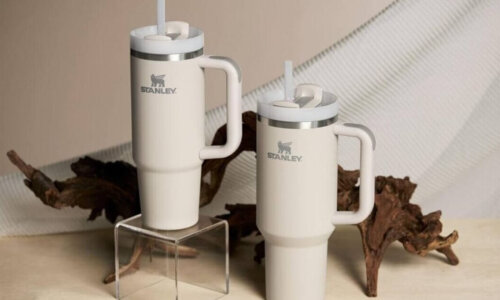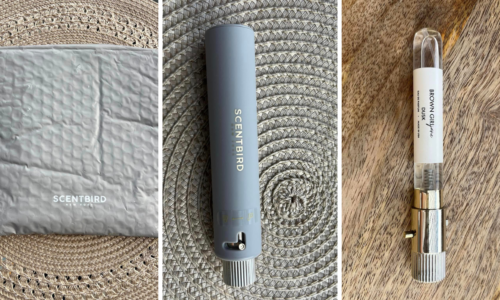The products and services mentioned below were selected independent of sales and advertising. However, Don't Waste Your Money may receive a small commission from the purchase of any products or services through an affiliate link to the retailer's website.
- What You Should Know About Tibet Almond Stick
- What You Get When You Buy the Tibet Almond Stick
- How the Tibet Almond Stick Works
- How Well Did Tibet Almond Stick Work to Remove Scratches?
- Final Thoughts
My house has well-loved, kid-friendly furniture and hardwood floors. To reduce scratches, I’ve tried everything from waxy crayons to liquid stain in a pen format. The wood furniture and floors still sport a variety of scratches that I’ve never quite been able to remove. I stubbornly refuse to buy new because I like the character of the wood. However, I’m always on the lookout for something to lessen the scratches.
I was excited to try the Tibet Almond Stick and see what it could do on my scratched surfaces. While there’s a lot of hype behind it (it went viral on TikTok), the product description states it’s for small scratches, not deeper ones.
What You Should Know About Tibet Almond Stick
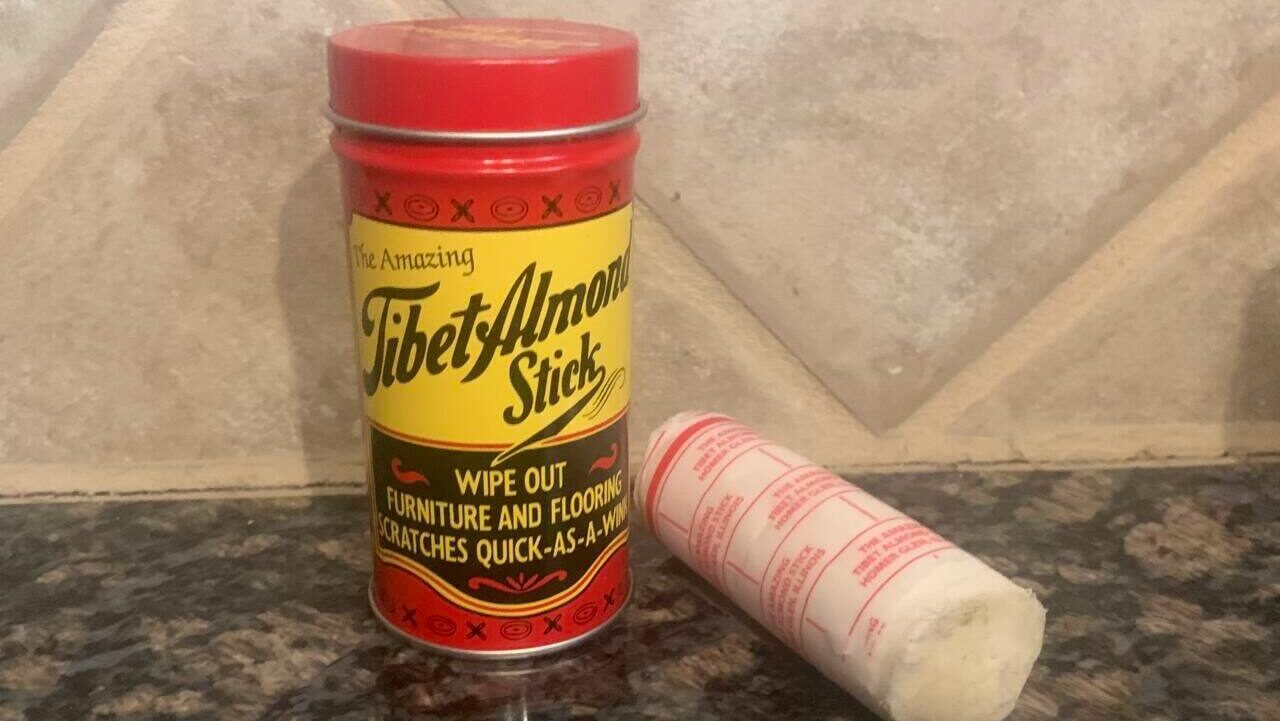
The Tibet Almond Stick is a product designed to remove stretches from flooring, furniture and other items with wooden surfaces.
The product has big claims: It supposedly works on antiques, furniture and floors — and makes surfaces new again. It also bills itself as the “most amazing surface scratch, watermark, heat stain remover for wood” and claims that scratches will disappear “quick as a wink.”
The company website shows the product is made in Homer Glen, Illinois, not Tibet. I appreciated the old-fashioned labeling and packaging, which is likely meant to evoke the tradition of a fourth-generation family business.
I searched for the Tibet Almond Stick’s ingredients with worries about potential nut allergy hazards. While the site is vague about the product’s secret ingredients, they make it very clear that no nuts are used in its manufacturing. The “almond” in the moniker seems to refer to its origins rather than an ingredient. However, if someone in your home has a nut allergy and you want to be extra cautious, it might still be worth skipping this product.
The creators of the Tibet Almond Stick explain that it originated in 1908 when a factory owner found rubbing an almond on scratches blended them into the surrounding finish. He developed the stick so home and business owners could use the process without almonds on hand.
MORE: Handy touch-up tool makes it easy and quick to repair paint scuffs
What You Get When You Buy the Tibet Almond Stick
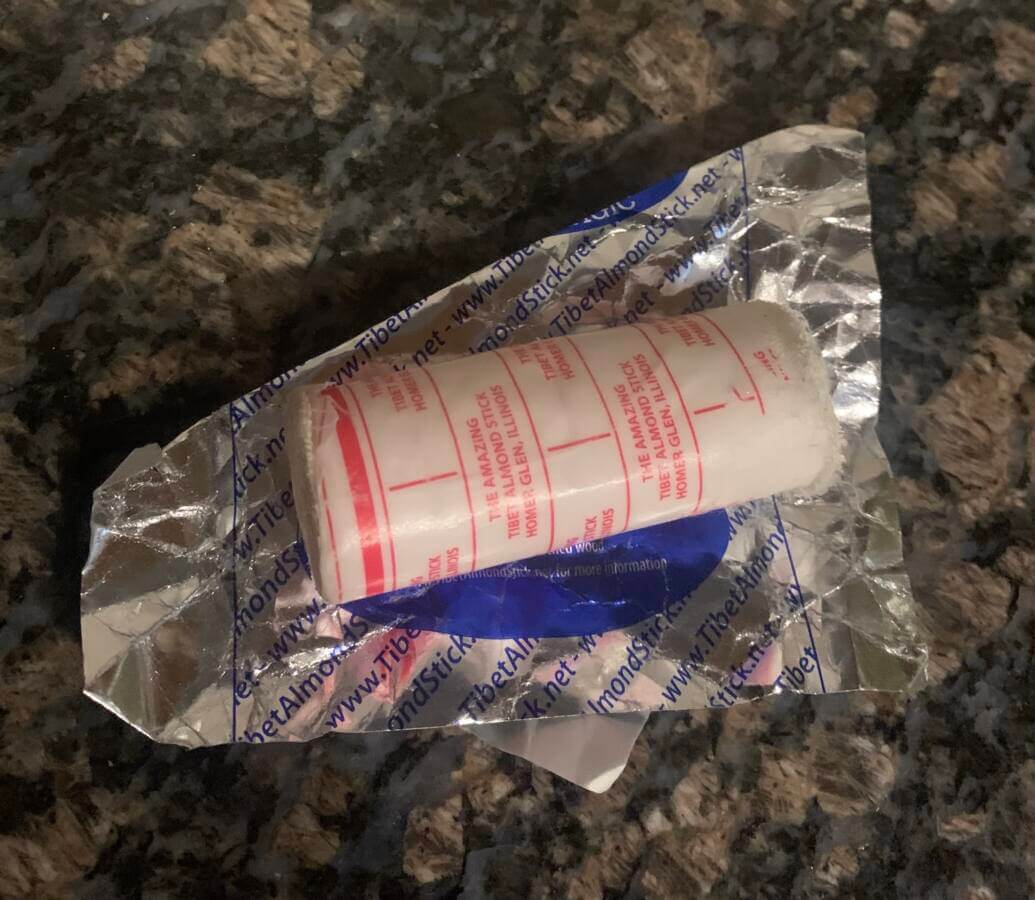
The Tibet Almond Stick comes in a small metal container with a lid. Once I opened the container and saw the exposed moist product wrapped in loose metallic paper, I understood the container’s design more. It’s a great way to keep the product fresh and ready to remove scratches.
My first impression was that it reminded me of a styptic pencil used to stanch blood. The scratch remover stick is wrapped in what feels like cheesecloth and is around the size of a kid’s glue stick. The product description calls it a “tightly-rolled cotton stick, soaked in a secret family formula.”
The Tibet Almond Stick felt small but the product’s marketing claims it lasts for up to 1,000 scratches, but it will take some time before I can gauge that kind of claim Perhaps because of usage potential, the stick only comes in one size. I appreciated it didn’t take up much space.
The product description says it smells good, but won’t leave a lingering odor. I couldn’t place the smell, but it’s faintly medicinal and not unpleasant. The description also says the smell goes away and won’t stay on your hands, but I did smell a faint lingering scent and my hands felt a little greasy.
How the Tibet Almond Stick Works

The actual process to use the stick is simple: open the can, remove the stick, unwrap the foil wrapper, rub either end on the scratch, and wipe off any excess. Even with instructions, I still thought I needed to pull back the fabric. I didn’t, as the product came out every time, just by rubbing it on the wood.
I tried the product on a variety of light scratches, deep gouges, and scuffs on furniture, hardwood floors, and kitchen cabinets. My breakfast table was my husband’s table before we got married and has now been through two kids. It offered a lot of scratch options for testing. My hardwood floors and kitchen cabinets did, too.
MORE: How to Get Your Floors Sparkling Clean—And Keep Them That Way
How Well Did Tibet Almond Stick Work to Remove Scratches?
On the right wood and stain, scratches did come out quickly, but there are caveats because it isn’t a universal scratch remover.
Unfortunately, many of my surfaces and scratches weren’t optimum because they had slick, shiny or heavy finishes. The Tibet Almond Stick worked better on matte or simply-stained surfaces. I first tried the stick on my prefinished hardwoods with no change. On smaller scratches on wood that were only stained, the product performed as advertised. It worked the best on my kitchen cabinets, where it not only removed the scratches but also felt like it was conditioning the wood.
All the other products I’ve tried for scratch removal came in some spectrum of brown, didn’t match perfectly, and left with a darkened spot where the scratch had been. I’ve tried the olive oil scratch removal tip, which conditioned my wood but felt too oily. The Tibet Almond Stick is colorless, so it will work with any wood or stain color. That means no stains on my fingers or clothes, and less mess.
I tested the stick and let the results set for three days. At the end of the three days, the effect was the same. The smaller scratches and scuffs that had been erased were still gone.
Final Thoughts
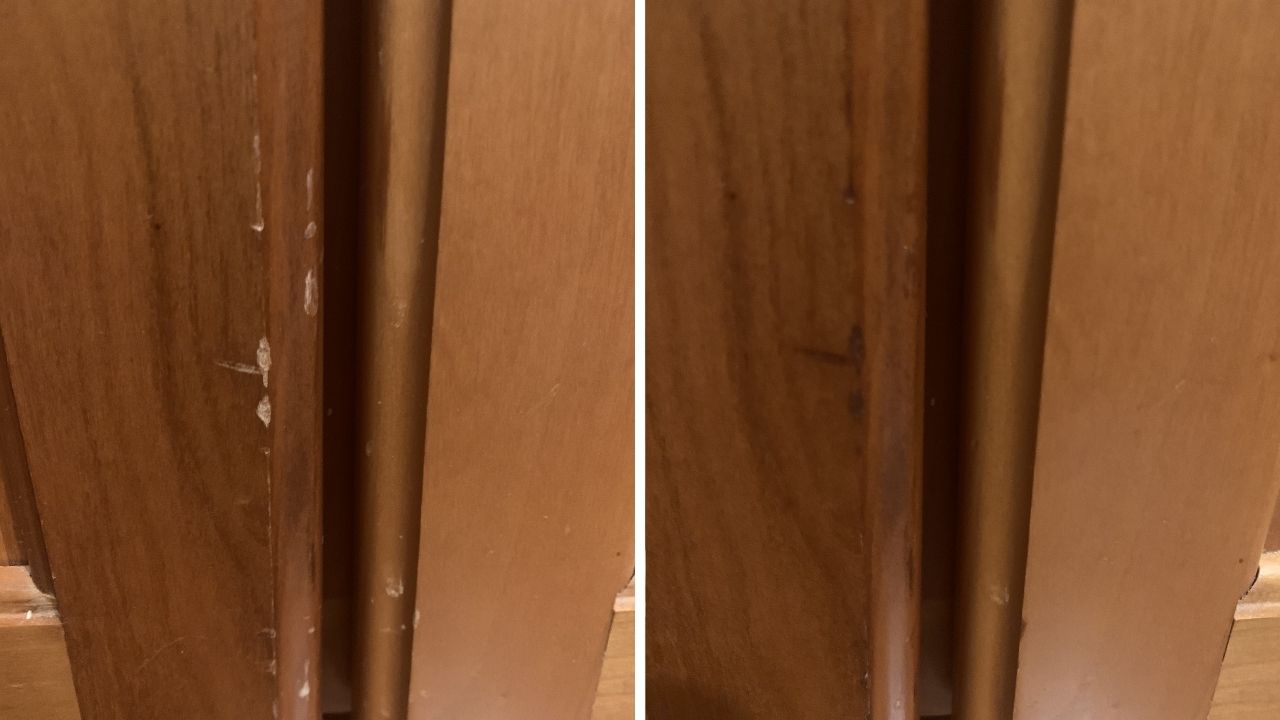
I liked the ease of use, portability and the lack of stains on my hands. I appreciate that the Tibet Almond Sticks are still made by hand and thoroughly checked for quality.
However, I had varied success on my tested surfaces. Smaller scratches and scuffs were reduced, but larger and deeper scratches weren’t affected. To be fair, the Tibet Almond Stick does clearly state it’s for small, superficial scratches on specific surfaces.
Because the product went viral, successes on all surfaces may have been exaggerated a bit. If you have deep gouges or scratches on shinier surfaces, you may not get the best results with the Tibet Almond Stick. It does take out scratches on specific surfaces and scratch levels.
I’ll definitely be keeping a stick in my kitchen for smaller scratches and to fix the appearance of my kitchen cabinets, but sadly, the deeper scratches are there to stay.
